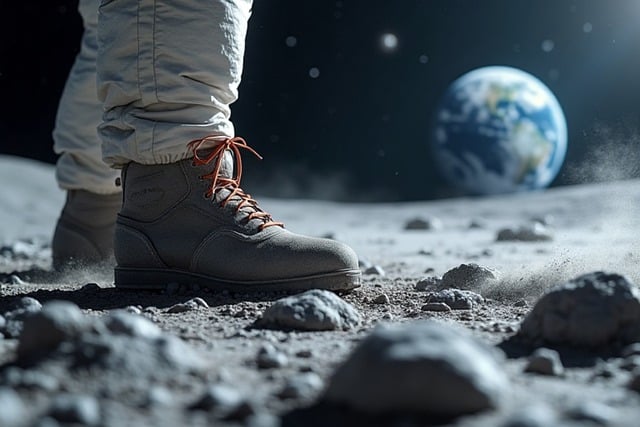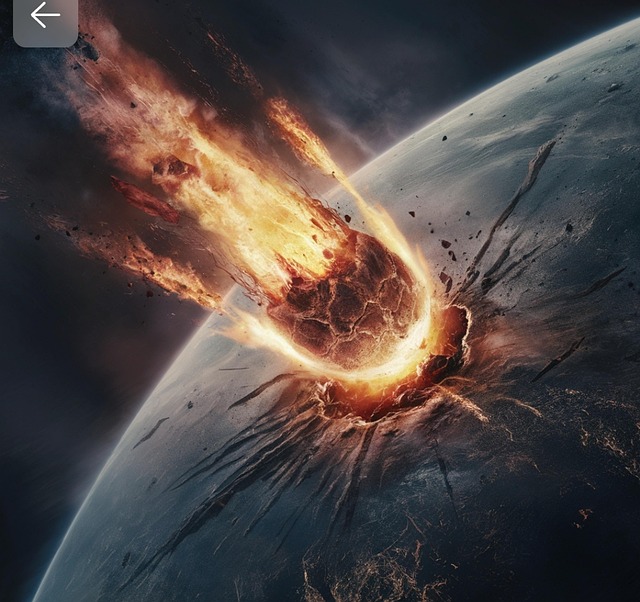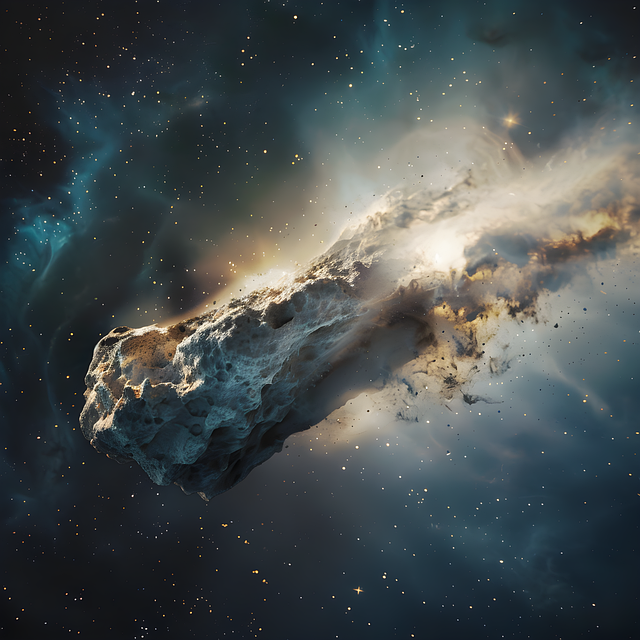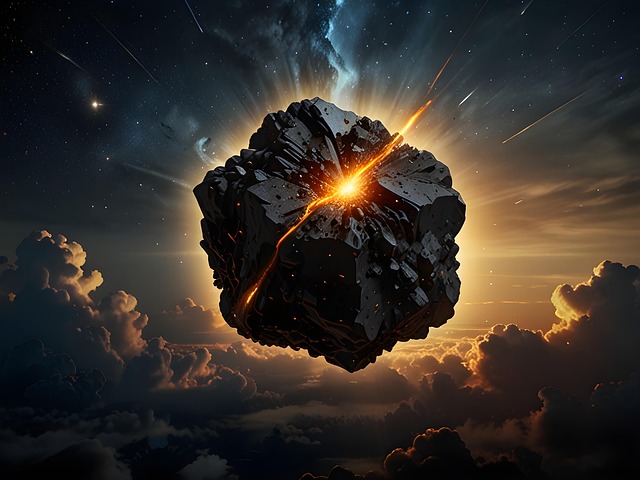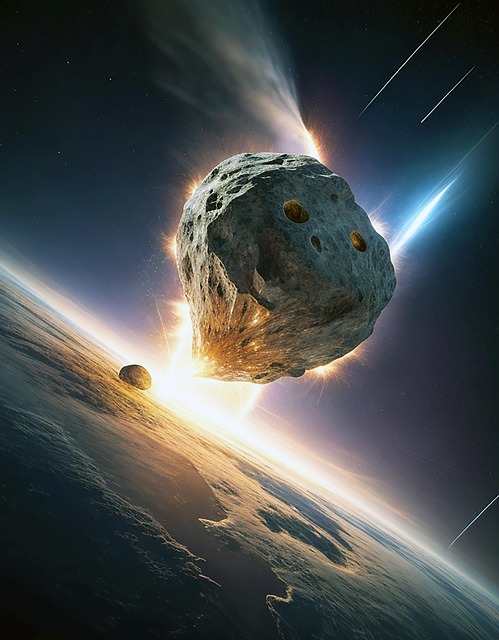An international team of astronomers and astrochemists has found that the “space dust” forming stars and planets is spongier than previously believed. After reviewing years of research, they concluded that cosmic dust grains are far from solid miniature rocks, instead resembling “fluffy little sponges” filled with tiny voids, according to Professor Martin McCoustra of Heriot-Watt University in Edinburgh. These grains are crucial to astronomy, found in star-forming regions such as the Pillars of Creation, and play a vital role in how light travels through space.
++ Russian tech firm turns to neuro-implants to raise milk production in cows
The European Space Agency’s Rosetta mission to comet 67P previously revealed extremely fragile particles with porosities of more than 99 per cent, supporting the idea that cosmic dust is remarkably porous. Professor McCoustra noted that such spongy grains may be more easily destroyed by shocks and radiation during their journey through interstellar space. This fragility could influence both the lifecycle of dust and the wider processes that underpin the formation of stars and planets.
Lead author Dr Alexey Potapov, from the Friedrich Schiller University Jena, explained that porous grains may offer a much greater surface area than scientists once assumed. This could significantly reshape current theories about how molecules form and evolve in space. Greater surface area would allow for more complex chemical reactions, potentially altering our understanding of the origins of life itself.
++ Kristin Chenoweth responds to backlash over tribute to Charlie Kirk
Nevertheless, the scientific community remains divided. Some models suggest that dust with high porosity would be too fragile or too cold to align with existing telescope observations of interstellar clouds. The review concluded that further laboratory experiments, modelling, and space observations are required to settle the debate over the true structure of cosmic dust and its role in shaping the universe.
